The U.S. stock market, a symbol of global financial resilience, has faced its share of heart-stopping plunges—from the Black Monday crash of 1987 to the COVID-19-induced freefall of March 2020. Central to its defense against chaos is the circuit breaker mechanism, a regulatory tool designed to halt trading during periods of extreme volatility. Introduced in the aftermath of the 1987 crash, these safeguards aim to prevent panic-driven selloffs by forcing a cooling-off period, allowing investors to reassess and regulators to intervene. Yet, as markets grow increasingly interconnected and algorithmic trading dominates, the effectiveness and adaptability of circuit breakers face new tests. This article traces the evolution of U.S. circuit breakers, analyzes their performance during historic crises, and explores debates over their role in modern, hyper-speed markets.
Origins: From Black Monday to Regulatory Innovation
The concept of circuit breakers emerged from the ashes of October 19, 1987, when the Dow Jones Industrial Average (DJIA) plummeted 22.6% in a single session—a loss that would equate to nearly 7,000 points today. The crash exposed critical flaws in market infrastructure, including insufficient liquidity safeguards and the absence of mechanisms to slow runaway declines. In response, the Brady Commission recommended implementing trading halts, leading to the first circuit breaker system in 1988. Initially tied to absolute point declines in the DJIA, these rules paused trading for 30 minutes after a 250-point drop and for one hour after a 400-point decline—a system quickly rendered obsolete by the index’s natural growth. This rigidity became apparent during the 1997 Asian Financial Crisis, when a 550-point DJIA crash triggered halts despite representing only a 7% decline, far less severe than 1987’s percentage drop. The episode prompted a shift to percentage-based thresholds, laying groundwork for today’s more nuanced framework.
Mechanics: The Modern Circuit Breaker Framework
Today’s multi-tiered circuit breaker system, updated in 2012, ties trading halts to percentage declines in the S&P 500—a broader and more representative index than the DJIA. Level 1 (7% decline) and Level 2 (13% decline) triggers halt trading for 15 minutes if reached before 3:25 PM ET, while a Level 3 (20% decline) trigger closes markets for the remainder of the day. Crucially, these thresholds reset daily, avoiding the compounding flaws of earlier systems. The 2012 overhaul also introduced “limit up/limit down” rules for individual stocks, pausing trading if prices move beyond set percentages within five minutes—a response to the 2010 Flash Crash caused by algorithmic errors. These reforms reflect lessons from decades of volatility: percentage-based thresholds accommodate market growth, while individual stock pauses prevent localized issues from metastasizing into systemic crises.
Stress Test: Circuit Breakers During the COVID-19 Crash
March 2020 delivered the ultimate test of modern circuit breakers. Between March 9 and March 18, U.S. equities triggered four circuit breakers—Level 1 halts on March 9, 12, 16, and 18—as pandemic fears collided with an oil price war. The S&P 500’s 7% threshold was breached within minutes of opening on March 12, marking the fastest descent to a trading halt since 1997. While the halts succeeded in preventing a 1987-style freefall, they exposed new challenges. Retail trading platforms like Robinhood crashed during volatility spikes, leaving individual investors stranded. Meanwhile, exchange-traded funds (ETFs) traded at steep discounts to net asset values, as underlying bond markets seized up. Paradoxically, the halts may have amplified panic by compressing selling pressure into shorter windows: the VIX volatility index hit 82.69 on March 16, surpassing 2008 crisis levels. Post-crisis analysis revealed mixed outcomes—circuit breakers prevented terminal liquidity collapse but couldn’t address structural issues in derivatives markets or the “dash for cash” that tanked even safe-haven assets like Treasuries.
Global Perspectives: Circuit Breakers in International Markets
Comparisons with international markets highlight both strengths and idiosyncrasies of the U.S. approach. China’s circuit breakers, introduced in 2016, were swiftly abandoned after triggering market-wide halts twice in their first week—a lesson in calibrating thresholds to local investor psychology. Japan employs a hybrid model: 14-15% declines in the Nikkei 225 activate 15-minute halts, while 20% drops close trading entirely. European markets favor dynamic halts: Germany’s DAX index imposes 10-minute pauses for 10% moves, with no full-day closures. The U.S. system stands out for its simplicity and transparency, but critics argue it lags in addressing after-hours risks. The rise of 24-hour trading via futures and crypto markets creates arbitrage opportunities during halts—on March 16, 2020, S&P 500 futures fell 5% during the cash market closure, telegraphing further losses at the next open.
Algorithmic Trading and the Speed Paradox
Modern circuit breakers grapple with a fundamental tension: they’re designed for human-paced decision-making but operate in markets dominated by algorithms executing trades in microseconds. High-frequency trading (HFT) firms, accounting for 50-60% of U.S. equity volume, can exacerbate volatility through self-reinforcing feedback loops. During the 2020 halts, algorithms interpreting halts as bearish signals accelerated selling upon reopenings. Conversely, “circuit breaker fishing”—where algos intentionally push prices toward thresholds to profit from anticipated rebounds—has been observed in E-mini S&P futures. Regulators now explore “speed bumps” to complement circuit breakers: Cboe’s 4-millisecond delay for order cancellations, tested in 2023, aims to reduce predatory HFT tactics without impairing liquidity. However, such measures remain controversial, with critics warning they could fragment liquidity across venues.
The Fed’s Role: Circuit Breakers as Part of a Broader Safety Net
Circuit breakers function best when integrated with other stabilization tools. During March 2020, the Federal Reserve’s unprecedented interventions—including unlimited quantitative easing and corporate bond purchases—complemented trading halts by addressing underlying liquidity crunches. This coordination marked a departure from 1987, when the Fed relied solely on verbal assurances. Yet overreliance on central bank backstops raises moral hazard concerns: some argue circuit breakers encourage reckless risk-taking by creating an implicit “Fed put.” The 2023 regional banking crisis tested this interplay, as Fed lending facilities and circuit breakers jointly contained contagion from Silicon Valley Bank’s collapse. However, with the Fed’s balance sheet stretched, future crises may demand more nuanced coordination between regulatory halts and monetary firepower.
Controversies and Criticisms
Despite their ubiquity, circuit breakers face persistent criticism. Free-market purists argue they distort price discovery by interrupting natural market movements—a sentiment echoed during the 2020 halts when halted stocks like Apple saw 15% post-halt swings. Others note inequities: institutional investors hedge via futures during halts, while retail traders face platform outages. Academic studies present conflicting evidence; a 2021 Journal of Finance paper found circuit breakers reduce panic selling in equities but increase volatility in related derivatives. Perhaps the most damning critique is their inability to address root causes of crashes—whether leverage bubbles, geopolitical shocks, or macroeconomic imbalances.
U.S. stock market circuit breakers have come far since their 1988 inception, evolving from blunt instruments to sophisticated safeguards. Yet their history is one of adaptation, not perfection—each crisis reveals new vulnerabilities, from algorithmic feedback loops to 24-hour trading risks. As markets grow more complex, the challenge lies in maintaining circuit breakers’ simplicity while enhancing their precision. Future iterations must balance competing priorities: halting panic without stifling price discovery, protecting retail investors without advantaging institutions, and coordinating globally without ceding national regulatory autonomy. In an era defined by climate shocks, AI disruption, and geopolitical fractures, circuit breakers will remain indispensable—but their ultimate test may be surviving the very chaos they were built to contain.

By Noah Bell/Mar 30, 2025
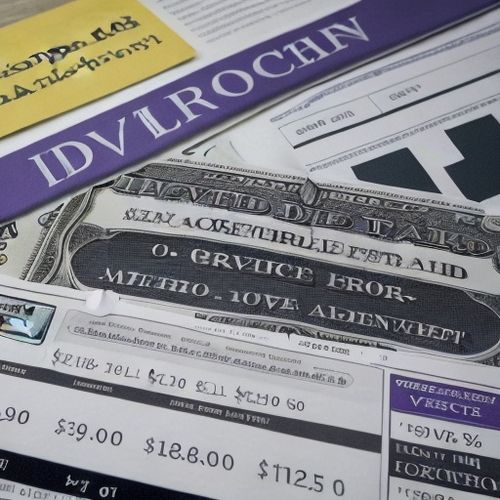
By Christopher Harris/Mar 30, 2025

By Benjamin Evans/Mar 30, 2025
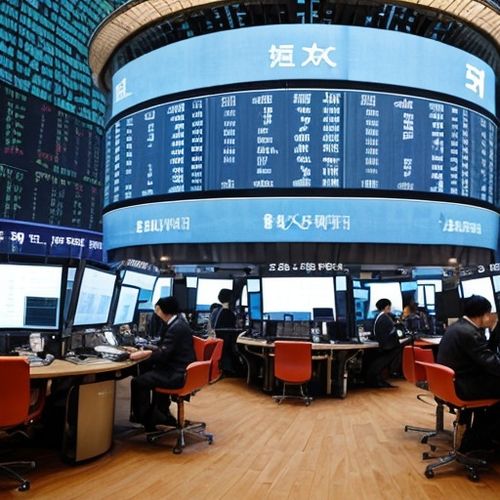
By Victoria Gonzalez/Mar 30, 2025

By Daniel Scott/Mar 30, 2025

By Ryan Martin/Mar 30, 2025

By Sarah Davis/Mar 30, 2025

By Samuel Cooper/Mar 30, 2025

By Jessica Lee/Mar 30, 2025

By Jessica Lee/Mar 30, 2025

By Christopher Harris/Mar 30, 2025
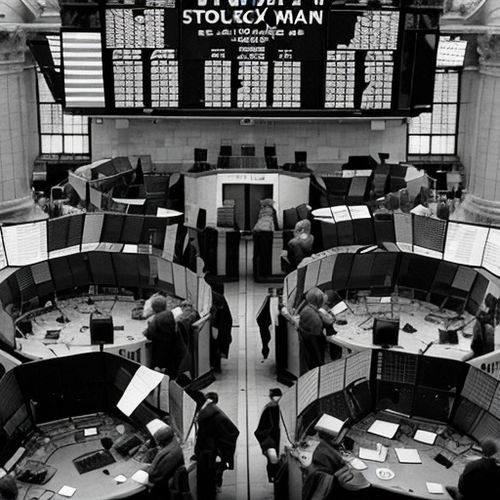
By John Smith/Mar 30, 2025

By Ryan Martin/Mar 30, 2025
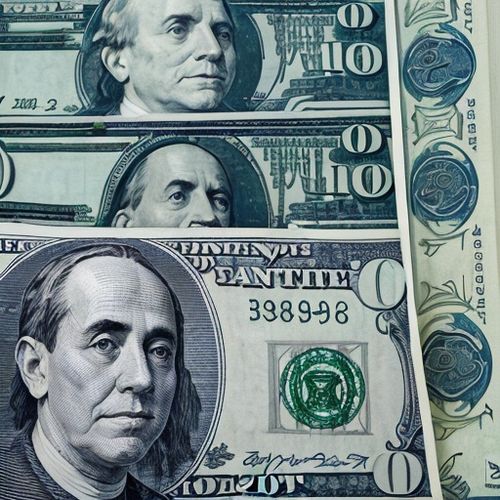
By Amanda Phillips/Mar 30, 2025

By Eric Ward/Mar 30, 2025

By Emily Johnson/Mar 30, 2025
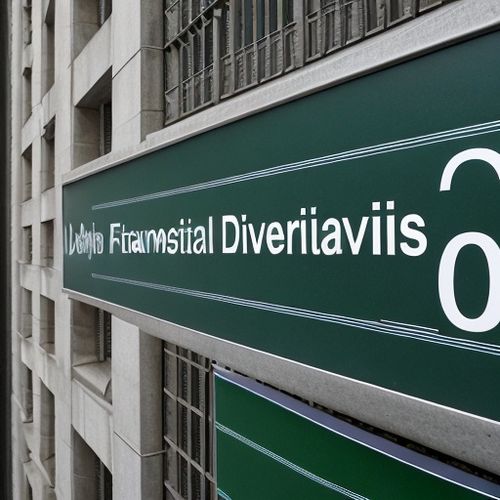
By Amanda Phillips/Mar 30, 2025